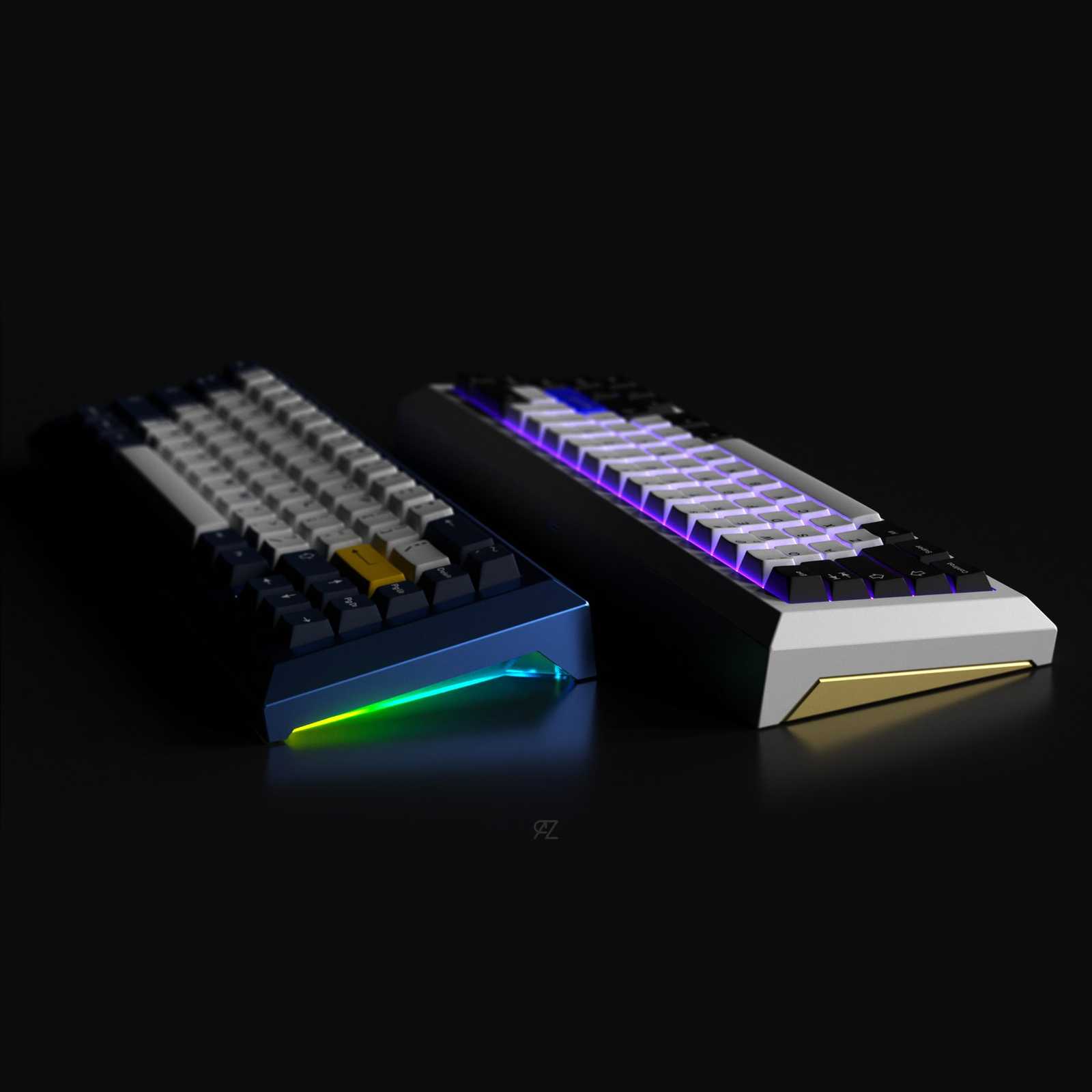My new custom keyboard
During the pandemic, I got attached to a "new" peculiar hobby of building keyboards.

People spend hundreds, if not thousands, of money on smartphones, PCs, tablets, monitors, cars, and whatever even if an expensive smartphone (or car, or bag and so on), at their core, allows us to do the same thing of a very cheap one. But where’s the difference then? Why does one decide to spend more money considering this?
Well, while I can’t answer “why” one decides to do so because those are the subjective reasons, I can tell you why I did spend a lot on my computer’s keyboard and why you might want to.
But I can tell you from the beginning that every consideration I can write here will eventually boil down to one question: “How much do you value having very high-quality products for your everyday use.”
Quality
In a very general manner we can say that quality products are the most expensive ones because quality means precision, design, etc. and when you seek this kind of stuff, the good itself becomes very expensive due to an amount of technical and commercial reasons.
Coming to keyboards
Around the world of custom keyboards, two things are valued the most:
- the sound that produces when you type on it
- the material of the parts you use to build it (which influences the first point but also makes the keyboard more precious).
Building yourself a keyboard allows you, but doesn’t guarantee, for a product with such high quality that as soon as you touch it you notice how and why it differs from a cheap one. Why it’s not guaranteed? Simply because when assembling one yourself, the skills required to do a very high-quality job are not that easy to acquire.
So before listing the things that influence the sound of a keyboard, let’s see what’s in it.
At this point, I should specify that I’m talking solely about mechanical keyboards. If you don’t know the difference between these and the keyboard of your laptop, for example, you can have a quick search online, but you can recognize them by what’s inside the keycap (that piece of plastic that your fingers press).
What’s inside a mechanical keyboard?
Keyboards are elegantly simple. We have:
- The PCB: it contains the CPU that processes each keystroke, maybe some LEDs, a USB port, and many holes to plug the switches in.
- The Case: where you put in all the other components you assembled. There are different materials, shapes, and enclosure systems.
- The Plate: this is essentially a layer, usually a metallic one, with holes that allow the switches to fit in. It is positioned right on the top of the PCB. Generally improves the sound and the stability of the entire keyboard.
- The Switch: this is the core piece of your keeb that allows you to transmit the keypress to your computer. There are an infinite amount of switches that differ in sound, in the response you get, and so on.
- The stabilizers: are some tiny plastic pieces with a wire that are used on longer keys (like the enter, the spacebar, etc., etc.)
The keycaps
The keycaps are the little plastic pieces under your thumbs that fit on each switch.
They are produced with an enormous variety of different themes and palettes, and the good ones cost as much as an entire Razer keyboard. To have them, you have to wait even 12 months from the payment.
The reason is in the production process, which is very peculiar. (If you want to know more about this, search for double-shot ABS keycaps).
One of the most famous companies which produce double-shot ABS keycaps is GMK. They cannot be purchased like usual products, instead of the community, through the online store which regulates all the things, organize a group buy that has to reach a minimum amount of orders for the set to be produced, and then you wait something like 6 or 12 months, and then you get your set which is exclusive (meaning that people in the future cannot buy them anymore).
Here is a picture of a set inspired by the Apollo missions for example:

At last, the sound
So what improves or changes the sound of these keebs?
Everything. From the material and the enclosing system of the case to the quality of the keycaps and the switch type, all this influences in some way the typing sound.
Generally, unaware people who slightly know mechanical keyboards think that the switch is responsible for its sound, but there is so much more to that.
But what are the problems with the sound of commercial keyboards?
The first problem of commercial keyboards is the stabilizers. This is the piece that makes the worst noise in the world (the noise is called “rattle” if you search for it, you’ll know.).
The second problem: all the cheap materials that aren’t tightly in place between each other generate a lot of vibration while typing on it, causing a ridiculous amount of noise.
Third and last problem: no matter how much you pay it, in its entirety, all the commercial keebs, when compared to the custom ones, feel extremely cheap (this is mainly due to the case and the keycaps, which are the most exposed parts).
Important links
Here is a list of some stores (that organize GMK group buys too) where to find pieces and even fully assembled keyboards:
Non-EU stores:
KBDFans, KPrepublic, Mechanical Keyboards,
EU stores:
MyKeyboard, CandyKeys, Keygem, Mechboards,
And also a list of open-source keyboards. By open-source, we mean that the CAD files, the PCB design, and everything else is completely free for you to 3D print or manufacture it from some other company: Keebfol